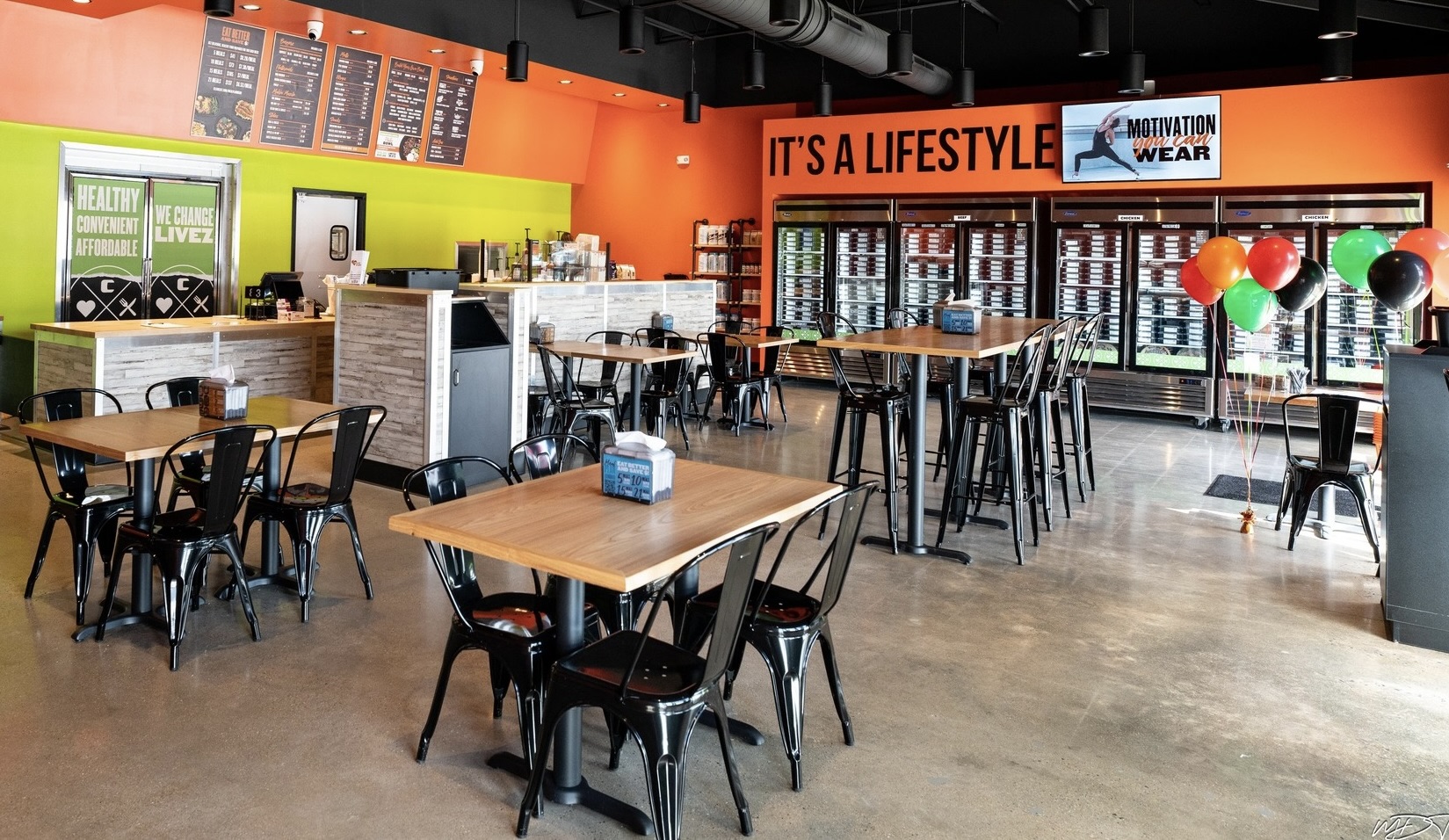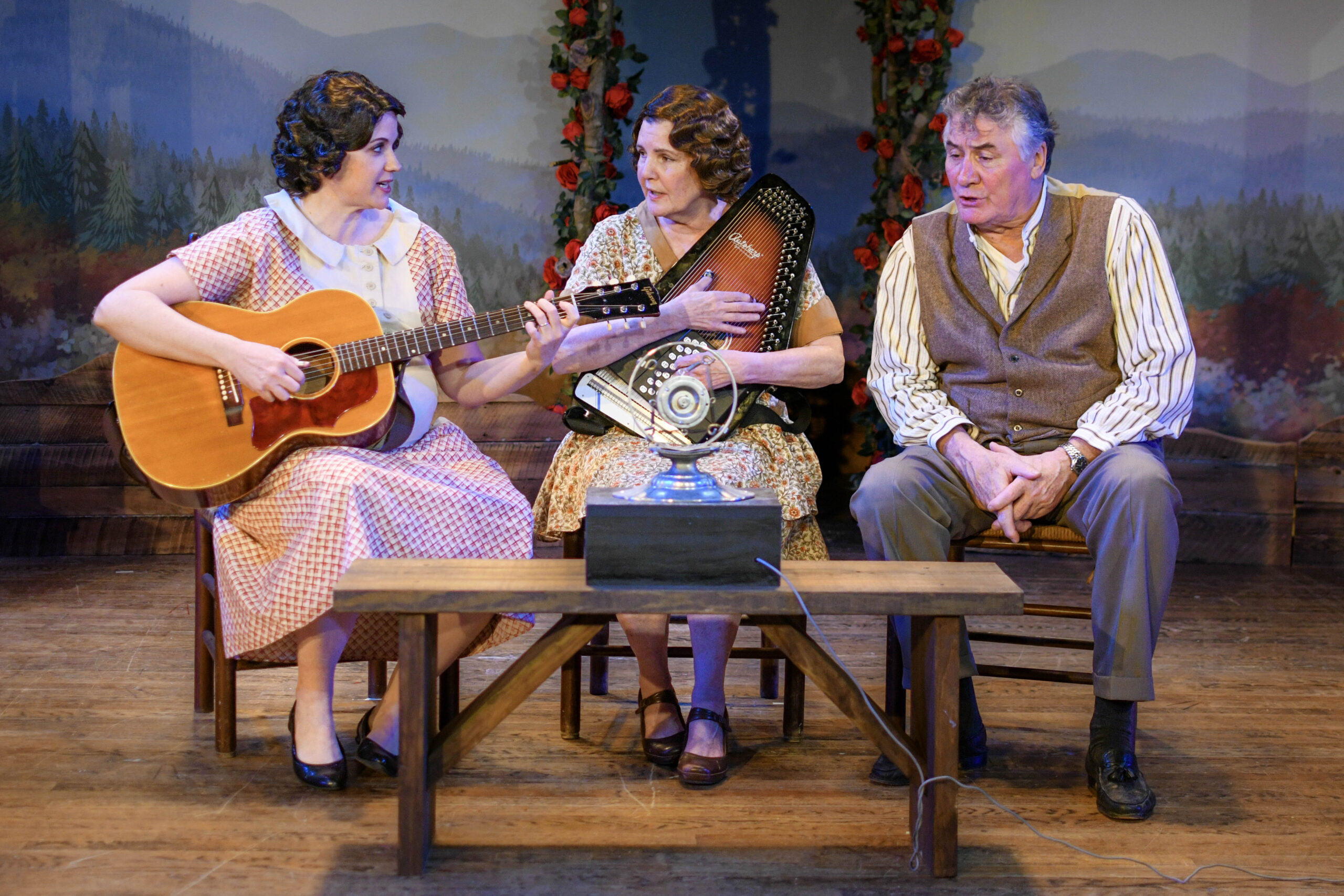Veritas Collaborative | Body Image Awareness Month
by Sydney Brodeur-Johnson, PhD, LCP
Each February, Body Image Awareness Month offers a chance to examine our relationships with our bodies and find ways to improve them. These reflections can not only positively impact our relationships with ourselves but with our family and friends as well. It’s important for everyone to have these check-ins and especially for those in recovery from or at risk for developing an eating disorder.
To celebrate Body Image Awareness month, we’re exploring practices—such as intuitive movement—that can help individuals discover gentler and more positive connections with their bodies. Diet culture affects us all, but a better relationship with your body is within reach—here’s how you can get there, and how to support others in their journey as well.
Building better body image – and supporting recovery –
through intuitive body movement
Diet culture has robbed us of our innate ability to find joy in moving our bodies, and has replaced it with a pressure to push our bodies to perform in order to lose weight or change how they look. Diet culture tells us that the ultimate goal of working out is a better body, but that couldn’t be further from the truth. Joyful movement is about listening to your body and moving it in ways that feel good physically, emotionally and socially.

Movement can be a beautiful expression of who we are and it can help us share parts of our true selves. Our bodies are a gift and intuitive body movement is a way to celebrate that. Moving intuitively builds confidence by giving us the space to access body positive thoughts related to the function of our bodies versus the form our bodies take.
Intuitive movement can also be an important part of the recovery process for those with disordered eating behaviors, particularly for competitive athletes navigating the balance between wanting to move their bodies and the negative thoughts that can come with it.
As the senior director of clinical services at Veritas Collaborative, I worked with a competitive swimmer who was in recovery and wanted to return to the water. It wasn’t until she understood the joy of swimming for its own sake that she really was able to return to doing something she loved. Reconnecting with the joy she experienced when in the water, and how good it felt for her to feel her body slicing through the water, while simultaneously disconnecting from the pressure for speed and thin ideal that she experienced when swimming competitively was part of her recovery process.
Intuitive movement is a great way to model a healthy relationship with your body for family and friends. It places the focus on what matters most—the things your body can do—and shifts away from how it looks. It can also model what it means to find joy in our bodies as a vehicle; for discovery, expression and experience.
How parents can support healthy movement
and body image in their families
Getting moving can be a great way for families to bond and build positive habits, but parents should be cognizant of the example they set around exercise. Children see and internalize everything, so being mindful of how you incorporate exercise and physical activity into your life is an effective way to model adaptive and non-disordered behaviors for everyone in your family.
One way to model a healthy body image is to be aware of the multiple ways that speaking critically about your own body can create negative feelings within your children about their bodies. Ideally, parents will use affirming and positive language about what their bodies can do and how strong they are, versus making harsh, critical comments focused on pushing for the thin ideal.
For example, instead of framing exercise as a way to burn off calories or change your appearance, focus on the mental clarity you’ll gain or the time spent outdoors. Swapping comments like “Mommy ate cake last night, so she needs to go on a run to burn it off,” for “Today is such a beautiful day, I’m so excited to spend time playing soccer with you!” can make all the difference and encourage your loved ones to participate in physical activity for the joy of it while de-emphasizing messages children will hear because we live in a culture that embraces the diet mentality.
As much as we’d like to, we can’t protect our children from all the negative messages in the world but we can create an environment at home that celebrates bodies of all shapes and sizes. One way to exemplify this is by using opportunities presented in the media as teaching opportunities. It’s important to tell your child that what they see on social media or television is not a representation of real life. Having these open conversations taking place in your household encourages your child or teen to be transparent about any hardship they may be facing, now or in the future.
Intuitive movement isn’t important only for those struggling with an eating disorder, but for everyone with a body. Whether it be swimming, hiking, dancing, biking, yoga or something else entirely, moving in a way that feels playful and nurturing is key to developing and maintaining a healthy relationship with your body and mind. Healthier body image is a worthwhile goal and should be achievable and accessible for all. For more resources, or to find out how our treatment programs can support your family, visit: www.veritascollaborative.com.







